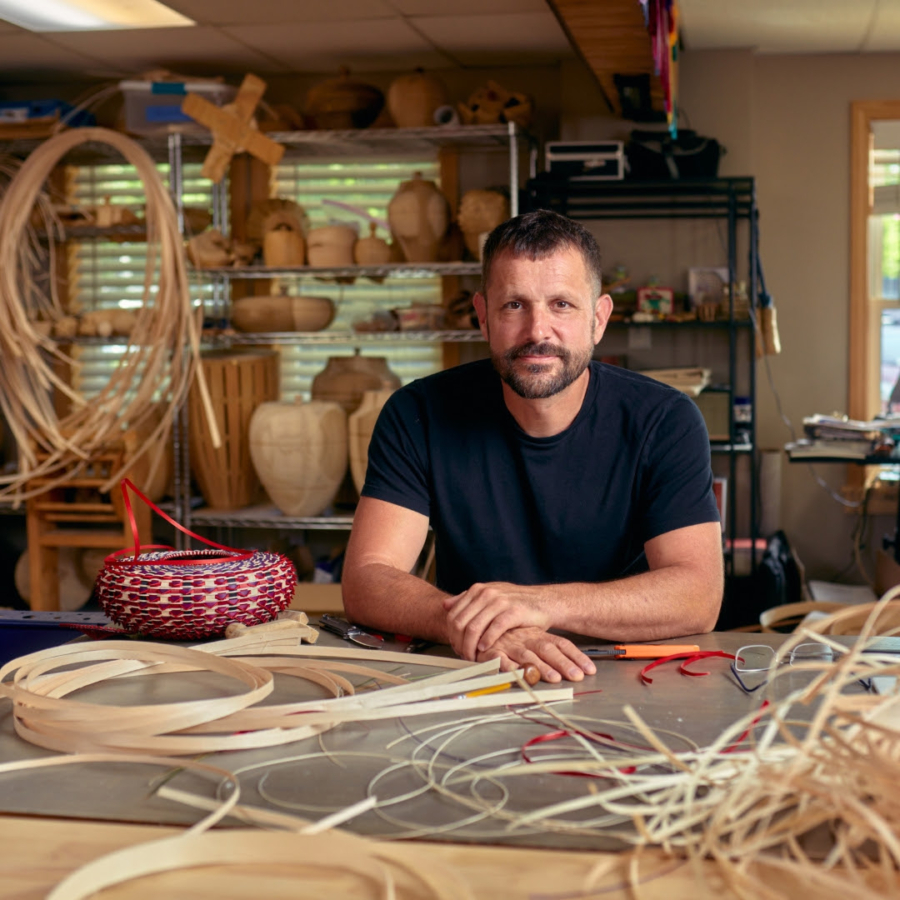
August 7, 2025
For almost two decades, Marian Spore Bush (1878-1946) was a dentist in Bay City, Mich. Then, in 1919, her mother died, and Spore Bush began using a Ouija board to contact her. Through the board, a group of spirits of dead artists reached out to Spore Bush, she said, and told her to start painting.
She did, despite never having made art before. In 1920, she moved to Greenwich Village and stayed in New York for the rest of her life. She continued to make and show work informed by the spirits and became something of a media curiosity.
The exhibition “Life Afterlife, Works c. 1919-1945” brings Spore Bush’s paintings back into view after a period of obscurity. They are — as you might expect — otherworldly, featuring swooping, symbolic birds and simple yet surreal settings. When she was starting out, Spore Bush made small, flat oils of flowers and scenes of a prophet-like man communing with animals. But as her abilities and pictures grew, she began to build up paint in impasto waves; her imagery also became eerier.
As World War II approached, Spore Bush turned to grayscale for a series that the curator Bob Nickas rightly foregrounds here. In “Factories” (1930), ghostly buildings dot a craggy landscape filled with what seem to be masses of people, or dark souls. In “Seascape” (1943) a large white bird hovers over a man on a raft who may be under attack by vultures. With remarkable elegance and economy, these paintings convey a deep sense of foreboding.



